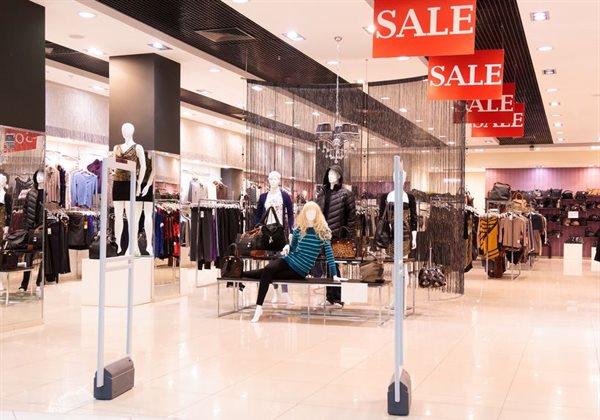©nobilior via 123RF
The Covid-19 pandemic has changed our world irrevocably in a matter of months. Some scientists now predict that the pandemic could continue for as long as two years and will begin to subside only when about 70% of the global population has developed immunity.
Apart from the obvious health impacts this scenario presents, the economic, investment and business challenges are likely to continue to be significant for many years to come. Like most industries, the retail sector has had to transform radically, not only to survive the current situation, but also to ensure that it remains viable and sustainable into the future.
Given that predictions for the global decline in retail sales now stand at $2,1tn in 2020, stakeholders have had to make rapid shifts in the way they think and operate.
Demand for digital capabilities
At an operational level, digital has moved up on the priority scale from an additional income generator to a primary, all-important revenue stream. Consumers are demanding, and will increasingly demand, much more from retailers in terms of digital capabilities.
The retailers most likely to succeed, or even stay in business, will be those that can successfully shift to omnichannel sales and distribution strategies, with effective routes to market such as online, click and collect, and mobile container stores.
Investors will watch retailers with a proven ability to scale up quickly and innovate to manage risk, but also those who capitalise on the opportunities the pandemic is presenting.
Retailers such as department and specialty stores that are unwilling or unable to adapt to this digital paradigm shift will be hardest hit, due to the perception this creates of them being unable to future-proof their business models, adapt their value chains and grow their market share.
Shift towards basics and essentials
A further trend that will shape the sector is the anticipated global shift in consumer demand towards basics and essentials. Fashion goods are vulnerable given their discretionary nature, and mid-market brands are likely to be hardest hit as cash-strapped consumers trade down to value, while middle-class consumers turn to more heavily discounted affordable luxury and premium goods.
Given that the recovery in consumer spending is likely to be very gradual, a common theme across the retail sector will be the comprehensive reassessment of geographical footprints and store networks to identify cost reduction opportunities before focusing on value creation.
The muted reaction of shoppers to the reopening of stores in China highlights the importance of this approach, as does the anecdotal evidence that points to more than half of global consumers expecting to lower their spending in the coming months.
All of this points to the likelihood of a significant shakeout taking place in the retail sector. It will see many weaker participants simply falling away and those that have good fundamentals, but which were already floundering before the pandemic, offering good opportunities for acquisition and consolidation.
Uptick in merger-and-acquisition activity
Business stress and/or pre-emptive moves, while investors still have capital, have led to a growing number of companies opting to raise capital in the equity market through rights issues and secondary offers. Most of these have been for raising funds for growth opportunities with obvious long-term potential or for reducing debt to remain financially viable.
It will not be surprising to see a healthy uptick in merger-and-acquisition activity in the sector in the medium term, as retail groups look to strengthen operations and maximise growth potential, while private-equity players and other investors seek out value plays that may deliver significant returns in a post-Covid-19 world.
Erticle Source: https://www.bizcommunity.com/Article/196/160/207612.html





